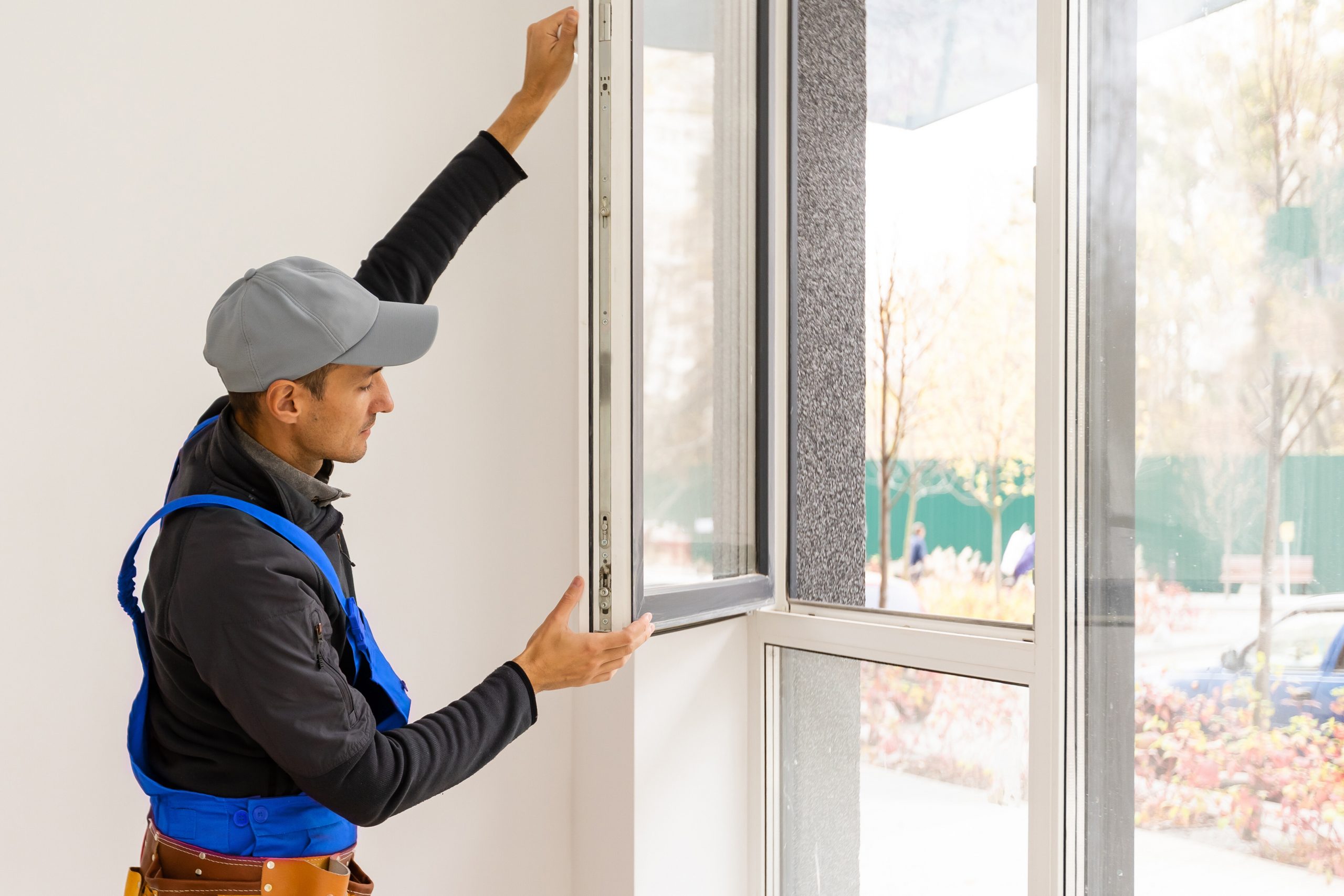Table of Contents
5 Energy-Wasting Habits You Can Fix for Free: Simple Changes to Lower Your Power Bill
If your energy bill seems higher than it should be, chances are some everyday habits are working against you. The good news? You don’t need to spend money to fix them. A few no-cost changes can make your home more efficient—and your wallet a little happier.

Leaving Lights On in Empty Rooms
One of the most common energy-wasting habits is forgetting to turn off lights when you leave a room. It’s easy to do, especially with kids or busy schedules, but it adds up over time.
Quick Fix:
Get into the habit of flipping switches as you leave a room. Want to take it further? Group lamps and lights by zone so you can shut off multiple areas at once. Even better—use natural daylight when possible to avoid using lights during the day.
Running Appliances When They’re Not Full
Using your dishwasher or washing machine for small loads might feel convenient, but it wastes both water and electricity. Each cycle uses the same amount of energy whether it’s half full or packed.
Quick Fix:
Wait until you have a full load before hitting “start.” Most dishwashers and washers are designed to handle bigger loads efficiently, so you won’t sacrifice performance. It also reduces how often you need to run them—saving even more energy in the long run.
| Appliance | Energy Used Per Cycle | Ideal Load Size |
|---|---|---|
| Dishwasher | 1.5–2.0 kWh | Completely full |
| Washing Machine | 0.3–2.0 kWh | Full but not overloaded |
| Dryer | 2.0–4.0 kWh | Full but spaced for airflow |
Forgetting to Unplug Devices
Many electronics and chargers continue to draw power even when they’re not in use—a phenomenon known as “phantom load” or “vampire energy.”
Quick Fix:
Unplug devices like phone chargers, toasters, and gaming consoles when you’re not using them. Another easy solution is to plug multiple items into a power strip and switch the whole thing off with one button. You’ll reduce standby power use and gain a little peace of mind, too.
Setting the Thermostat Too High or Too Low
Heating and cooling are often the biggest contributors to your energy bill. Even a small adjustment can make a big difference over time.
Quick Fix:
Set your thermostat just a few degrees higher in summer and lower in winter. A 1–2 degree change can save up to 5% on heating or cooling costs. Dress for the weather indoors—layers in winter, breathable clothing in summer—and use ceiling fans to help circulate air more efficiently.
| Season | Recommended Thermostat Setting | Comfort Boost |
|---|---|---|
| Summer | 76–78°F | Use fans to stay cool |
| Winter | 68–70°F | Layer up, use throws |
Ignoring Air Leaks and Drafts
You don’t need fancy insulation to stop air from slipping in or out of your home. Even small gaps around windows and doors can affect your indoor temperature and force your HVAC to work harder.
Quick Fix:
Do a simple walk-through and feel for drafts near windows, doors, or vents. You can roll up towels as makeshift draft blockers or move furniture to help trap heat or air in rooms you use most. When the weather’s nice, shut off the HVAC and open windows for natural airflow.
Small Habits, Big Savings
Saving energy doesn’t have to mean installing solar panels or replacing all your windows. These five habits are totally free to fix—and they can make a real difference in how much energy your household uses. With a few mindful changes, you can lower your utility bills and reduce your environmental impact without spending a dime.





